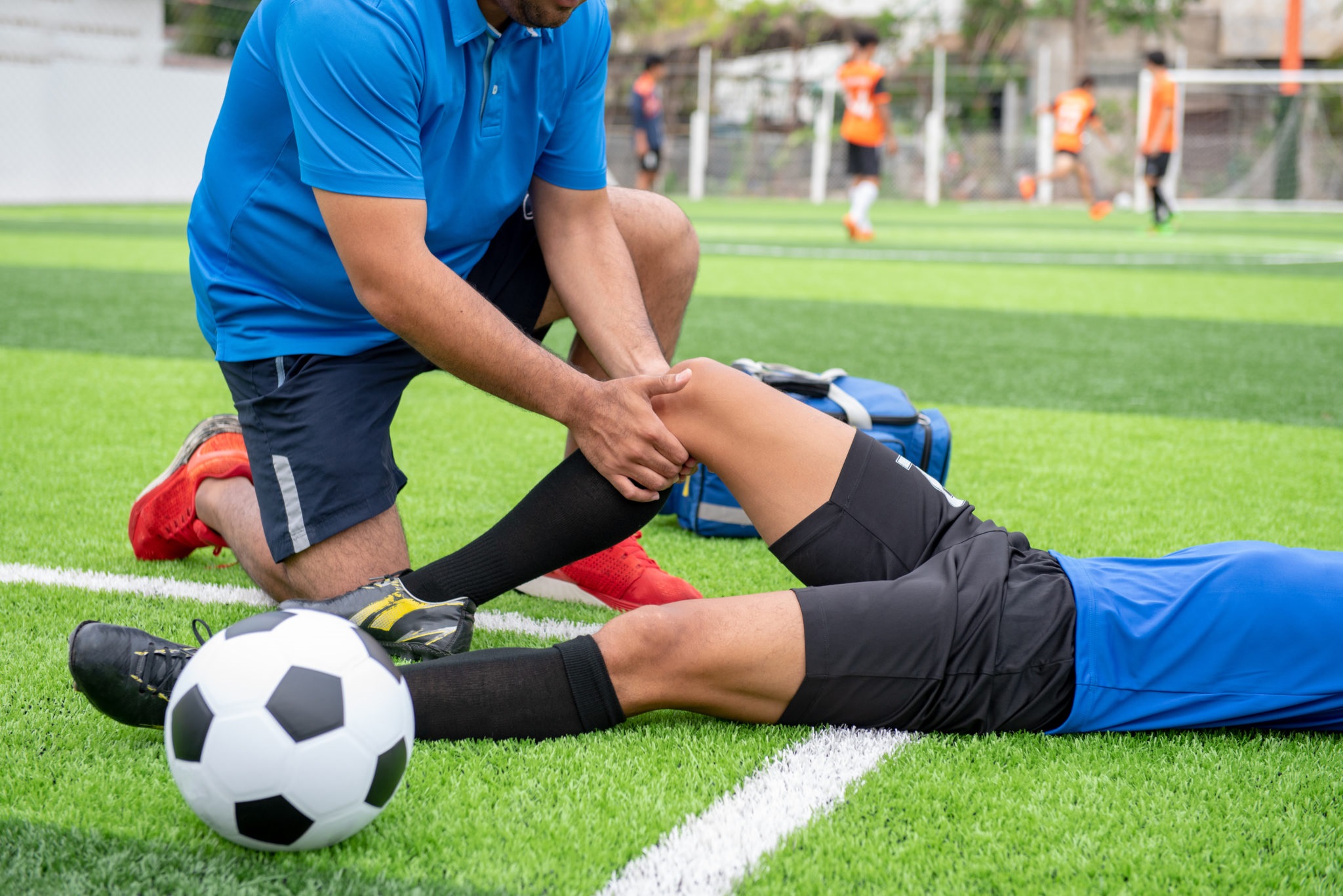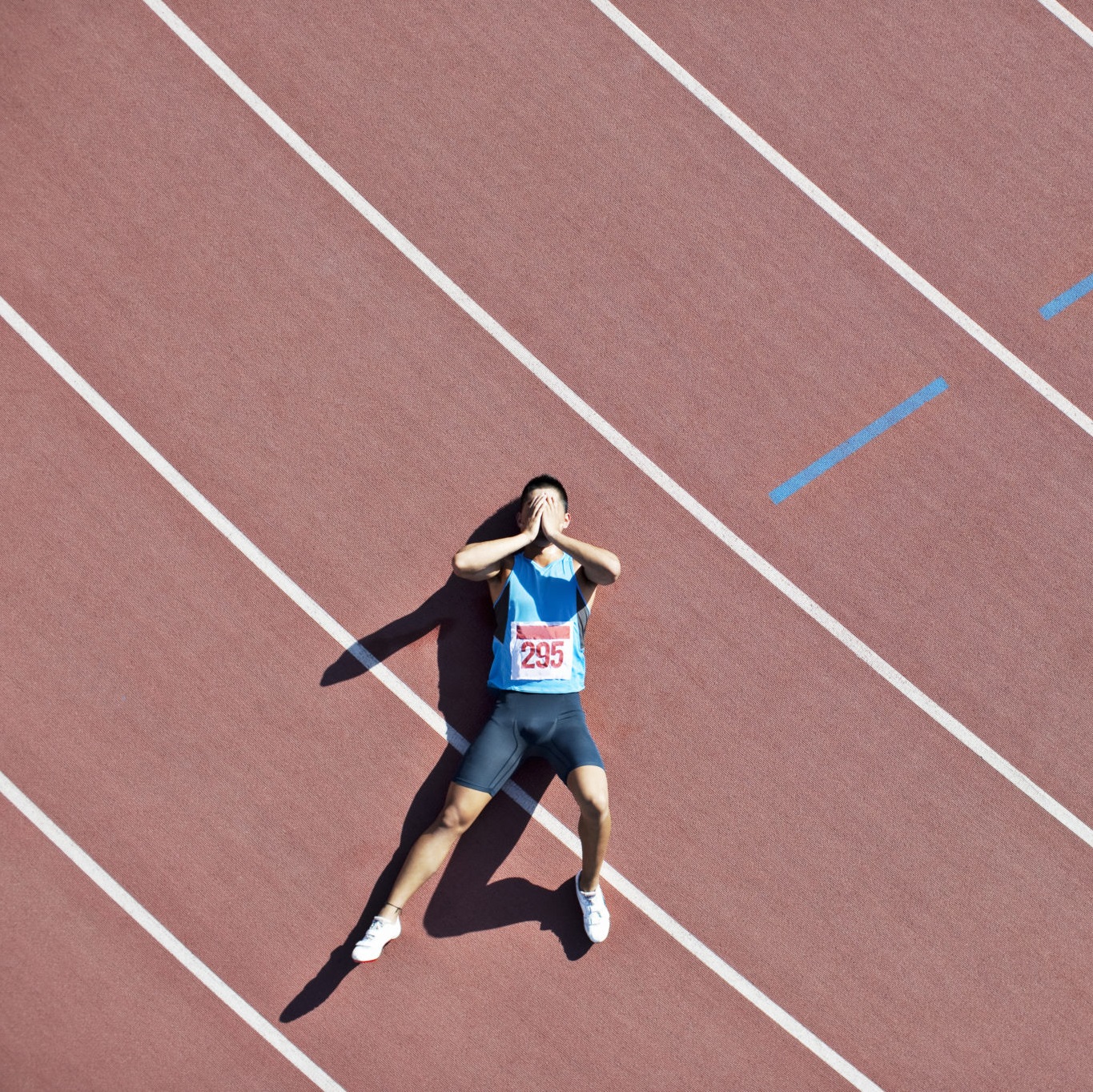How to Protect Yourself From Common Sports Injuries

October 01, 2021
Sports and physical activities bring plenty of benefits, from improving physical and mental health to relieving stress to helping with weight management. But they could also put you at risk of injury if you’re not careful.
Most Common Sports Injuries
Sport injuries are most often caused by poor training, structural abnormalities, muscle weakness and unsafe exercise environments. Injuries include:
- ACL tears (knee injury)
- Compartment syndrome (dangerous muscle pressure caused by intense repetitive exercise)
- Fractures
- Heat exhaustion
- Muscle cramps
- Shin splints, sprains and strains
- Stress fractures
- Torn tendons and ligaments
- Rotator cuff tears
- Labrum tears
- Hip replacements
- Knee replacements
- Cartilage restoration procedures
Before You Start a New Sport or Exercise Program
Before you embark on a new type of exercise, sport or physical activity, here is what you need to know:
- Before beginning a program, consult a doctor who specializes in sports medicine or your primary care doctor for an evaluation. They can evaluate you for any pre-existing structural abnormalities, which can predispose you to injury, and advise you on ways to minimize risk.
- Make stretching and warming up a part of your daily exercise routines to help prevent injury. Stretching and warming up get your body ready for the exercise you are about to do. The warm-up exercises you choose should mimic the exercise you are about to do, but at a lower intensity.
- Listen to your body. Muscle soreness is a sign of increasing strength, but pain and soreness are very different. Pain is an indicator that you need to stop what you are doing before it causes or worsens an injury.
- Place ice on a new injury or on sore muscles after exercising to reduce inflammation.
- Hydrate, especially if the weather is warm or hot. Hydrate with water, a sports drink or fruit juice before, during and after exercise.
- Start slowly, especially if it is an activity you have never done before or haven’t performed for a long time. Start in small increments and do not do it every day. Allow your body to heal by taking a day off in between exercising days.
If in spite of taking precautions, you have an injury, consult your doctor or a sports medicine specialist to ensure you get the appropriate treatment that will enable you to heal and return to your sport as quickly as possible.
Next Steps & Resources:
- To make an appointment call, 800-822-8905 or find a doctor near you.
- Learn more about orthopedic surgery at Hackensack Meridian Health
The material provided through Healthier You is intended to be used as general information only and should not replace the advice of your physician. Always consult your physician for individual care.
Find a doctor near me
When Is It Safe to Return to Sports After a Concussion?

Whether you’re a professional or recreational athlete, it can be tough to watch from the sidelines while you heal after a concussion.
4 Reasons Athletes’ Mental Health Gets Overlooked

Athletes' mental health often gets overlooked. Learn why from Dr. Kristine Keane & get support for your athlete. Call 800-822-8905.
Find a doctor near me

Nervous About Your Kids and Contact Sports? Follow These Tips
According to the Centers for Disease Control and Prevention (CDC), more than 3.5 million children under the age of 14 receive some type of treatment for sports injuries every year.

Can Physical Therapy Help Your Arthritis?
Manage arthritis pain? Physical therapy may help improve mobility and range of motion. Learn more and schedule an appointment today.

Can an Anti-Inflammatory Diet Help Relieve Pain?
Reduce pain with an anti-inflammatory diet. Registered dietitian Katlyn Cusack offers expert advice and resources. Call 800-822-8905 for help.
